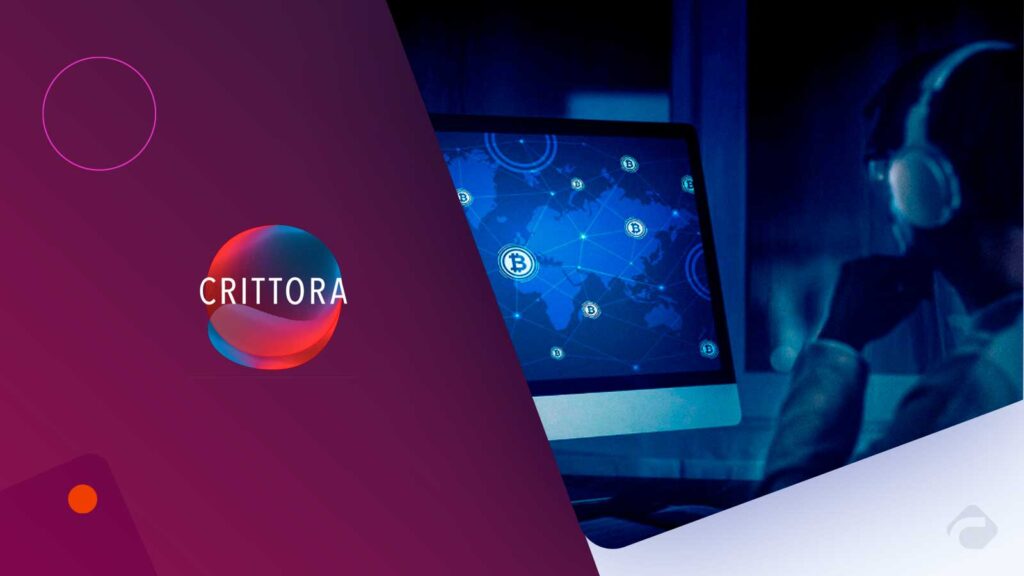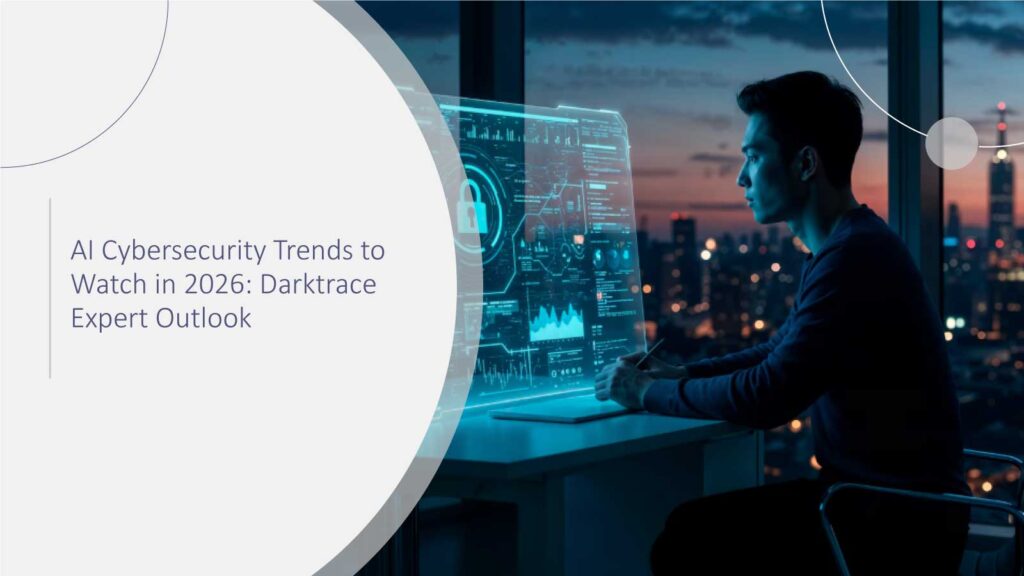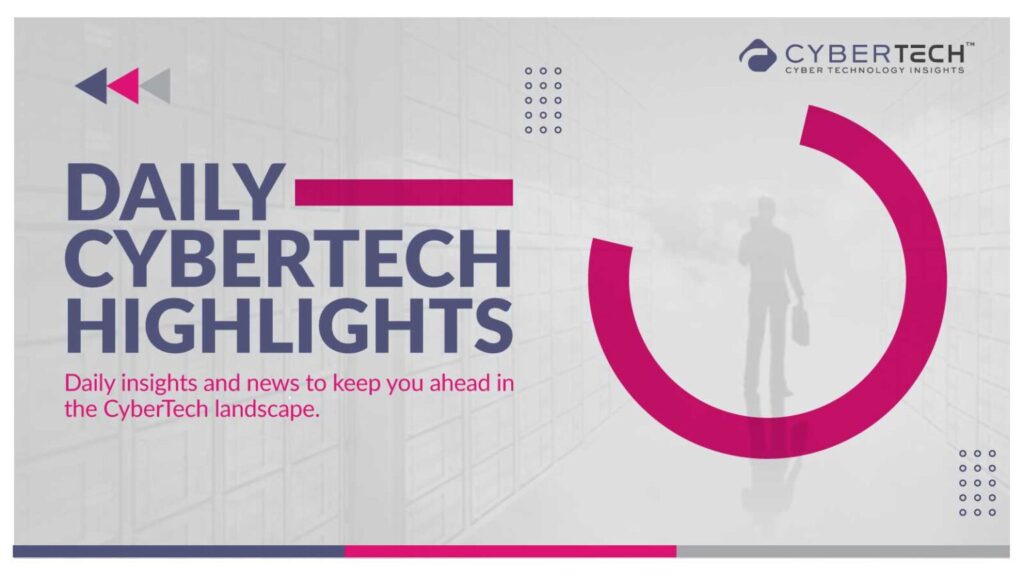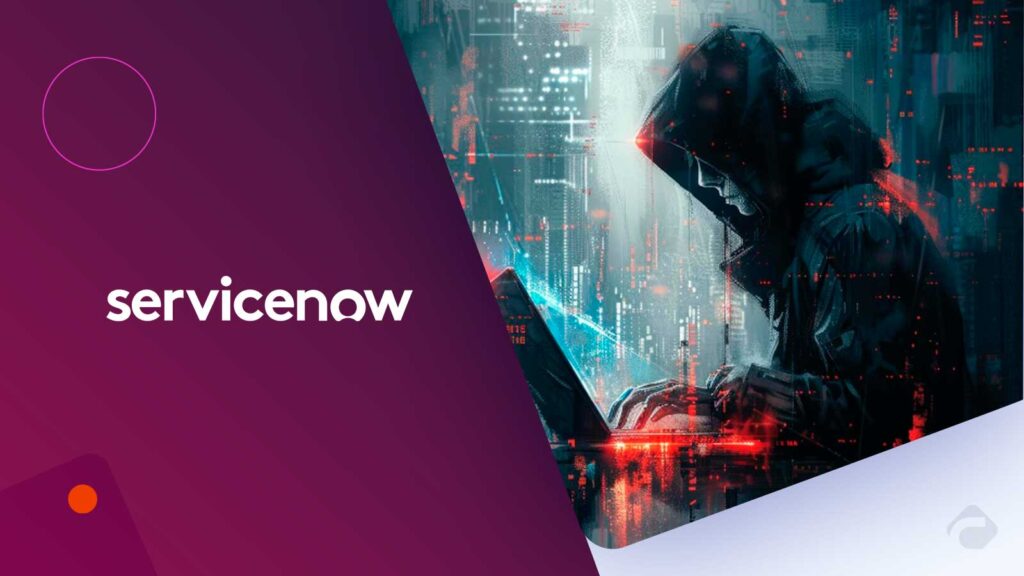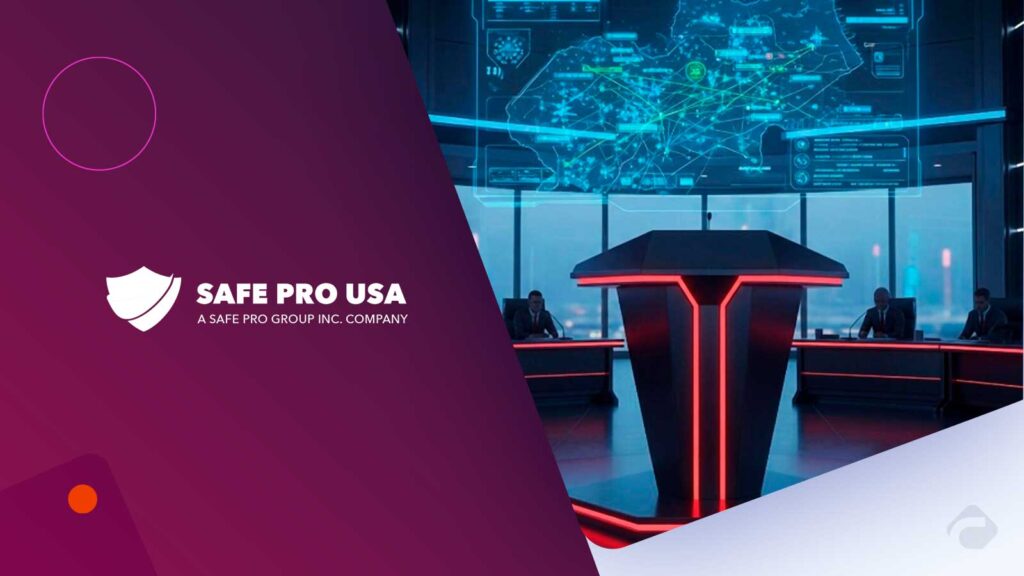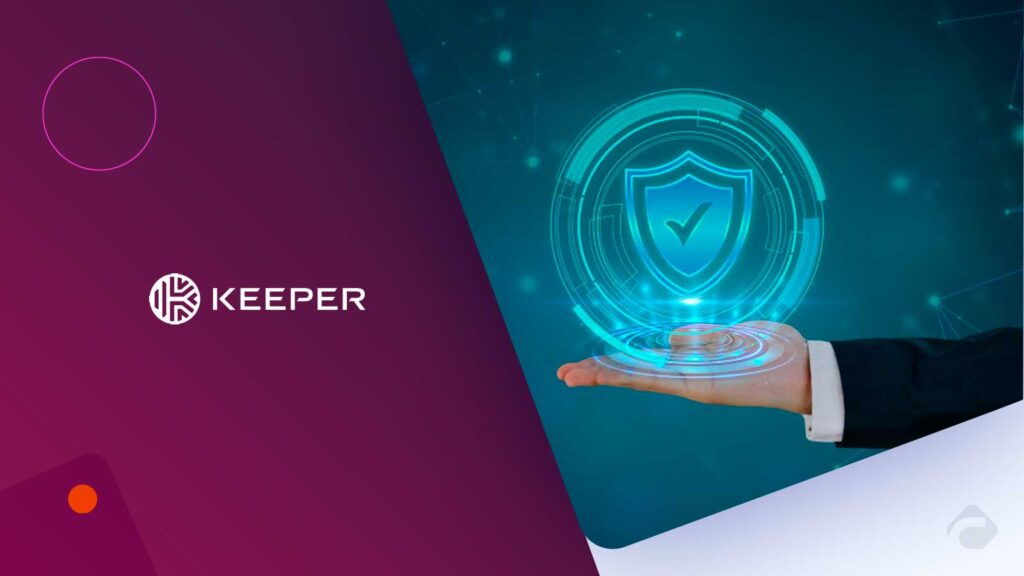Cloud environments in 2025 are no longer infrastructure; they are now the operational base of a business. Organizations are driving hybrid work, converging SaaS applications, and mapping multi-cloud paths, and their threat surfaces have grown exponentially as a consequence. Perimeter-based security is no longer practical, and the industry’s move to Zero Trust Architecture (ZTA) is no longer optional; it’s mandatory.
But what is Zero Trust, and why is it the foundation of safe cloud computing in today’s risky climate? Let’s break it down step by step, look at the practical applications, and then observe how forward-thinking security leaders are implementing it across industries.
What Is Zero Trust Architecture, Really?
Zero Trust is based on a straightforward but powerful assumption: “Never trust, always verify.” Unlike legacy architectures that took it for granted that anything inside the network boundary was safe, Zero Trust treats all requests for access as potentially adversary in nature, whether made from within or outside the organization.
But in fact, Zero Trust is not a solution or a tool. It’s a security approach that applies stringent identity verification, least-privilege access, microsegmentation, and real-time tracking to users, devices, applications, and workloads.
Especially in the cloud, where users are emerging from all directions, and data is flowing dynamically between APIs, containers, and virtual machines. Zero Trust is not just a best practice, but it’s necessary.
Why Zero Trust Is Critical in 2025
1. Cloud Attacks Are Getting Smarter
Advanced attackers no longer brute force their way in. They are now using compromised credentials, API exploits, and additionally, lateral movement techniques to bypass legacy controls. Over 63% of cloud incidents in 2024 were directly linked with identity abuse and privilege escalation, according to Mandiant.
Zero Trust eliminates implicit trust and authenticates each interaction based on the context, user role, location, device posture, and behavioral pattern before providing access. This makes it far more difficult for adversaries to evade detection.
2. Hybrid Work Environments Need It
With remote teams now being the norm, users tap into sensitive resources from untrusted home networks and personal devices. Certainly, Firewalls and VPNs, which were sufficient for office-bound access management, no longer suffice.
A Zero Trust model enables safe access regardless of the user’s location-based trust. It enforces the same stringent controls whether a user is in the office, remote, or accessing resources through a third-party provider.
3. Regulatory and Compliance Pressures Are On the Rise
Regulators and governments in industry are now beginning to put pressure on Zero Trust as the new standard. The U.S. federal Zero Trust strategy, NIST 800-207, and standards like ISO/IEC 27001 are now aligned with ZTA principles. Implementing Zero Trust in industries like healthcare and finance may become law soon.
When implementing ZTA, organizations not only protect their assets more effectively but also demonstrate an active compliance strategy during risk analysis and audits.
Core Pillars of Zero Trust in the Cloud
Zero Trust, though possibly implemented differently, has the same pillars. Here’s how it applies to cloud computing, in particular:
Identity and Access Management (IAM)
Strong IAM is the foundation of Zero Trust. Eventually, all devices and users must have a confirmed identity, authenticated through MFA and context-based access controls. By 2025, it is evolving towards passwordless authentication and adaptive identity policies driven by machine learning.
Least-Privilege Access
Grant access only to what’s needed and not one thing more. This type includes human and non-human actors (e.g., service accounts, bots, APIs). Just-in-Time (JIT) access, Role-Based Access Control (RBAC), and Policy-Based Access Control (PBAC) practices are all becoming standard in cloud-native security stacks.
Microsegmentation
Indeed, where perimeter firewalls would take their place, Zero Trust uses microsegmentation to create isolated silos in cloud environments. This limits lateral motion short of compromise. Kubernetes environments in particular benefit from segmentation at the workload level using service meshes and network policies.
Continuous Monitoring and Risk Scoring
Zero Trust is not set-and-forget. But it relies on real-time visibility, behavior analytics, and risk-based decisioning. Cloud-native security solutions now feed continuous telemetry into identity behavior, login anomalies, API access patterns, and network traffic. This data feeds into automated systems that dynamically adjust access by threat level.
Real-World Case Study: JPMorgan Chase’s Zero Trust Transformation
Background: So, as a global financial powerhouse with over $3 trillion in assets under management, JPMorgan Chase became a major target for cybercriminals. In 2014, a significant breach exposed contact details of 76 million households, prompting a strategic shift in their security posture
Implementation Highlights:
- Micro-Segmentation: The bank restructured its network into isolated zones, preventing lateral movement even if one segment was compromised.
- Multi-Factor Authentication (MFA): MFA became mandatory across all internal systems, eventually adding a second layer of defense beyond passwords.
- Continuous Monitoring: They integrated real-time traffic and behavior analytics with machine learning to detect anomalies and raise alerts proactively.
Results:
This strategic shift drastically reduced potential attack surfaces, contained compromised credentials, and then enabled early detection of unusual behavior. JPMorgan’s security posture became more resilient and responsive thanks to Zero Trust
Common Challenges and How to Overcome Them
1. Legacy Systems and Complexity
Legacy applications that are not Zero Trust-compliant are present in most companies. The answer is phased integration. Use gateways, identity brokers, and reverse proxies to introduce ZTA concepts to old systems without completely rewriting them.
2. Change and Cost Management
Implementing Zero Trust can seem expensive and resource-intensive. But with the advent of Zero Trust-as-a-Service platforms and module-based security stacks, organizations can implement ZTA without pulling out the entire infrastructure. Stakeholder buy-in needs to be obtained right from the start, and a cross-functional security adoption plan needs to be created.
3. Skills and Tool Fatigue
Security teams already manage dozens of tools. Adding Zero Trust architectures means more dashboards, alarms, and complexity. That’s why consolidation is paramount. Choose platforms that offer integrated control planes, policy engines, and automation to reduce operational overhead.
The Road Ahead: What Zero Trust Looks Like in 2025 and Beyond
Zero Trust is no longer sci-fi or the sole domain of tech moguls now the gold standard across industries. In 2025, expect to see:
- AI-enforced policy enforcement: Dynamic access control decisions based on behavior, not hard policies
- Zero Trust for machines and APIs: Taming the wildfire of non-human access in cloud-native environments
- DevSecOps adoption: Shifting security left by adding ZTA to CI/CD pipelines
- Vendor-agnostic platforms: Keeping Zero Trust from being locked into the ecosystem of a single cloud provider
As threats within the cyber realm continue to evolve, Zero Trust is the most proactive strategy. It’s not distrust your people or your systems, it’s removing assumptions and building resilience into every facet of your digital presence.
Final Thoughts
Zero Trust Architecture is no silver bullet, but it’s the best and most prudent way to do cloud security in a time where traditional perimeters are a myth. As your business expands operations, embraces multi-cloud environments, and navigates evolving compliance needs, a Zero Trust architecture gives you control, visibility, and confidence.
By 2025, the question isn’t if you can do Zero Trust, it’s how fast you can start.
FAQs
1. What is Zero Trust Architecture in simple terms?
Zero Trust Architecture is a cybersecurity model that assumes no user or device inside or outside your network should be trusted by default. The system must verify every access request before it grants permission.
2. Why is Zero Trust important for cloud security in 2025?
In 2025, with hybrid work, multi-cloud environments, and growing identity-based attacks, traditional perimeter-based security doesn’t work. Zero Trust ensures that access is tightly controlled and continuously verified, reducing the risk of breaches.
3. Is Zero Trust only for large enterprises?
No. While large organizations often lead adoption, Zero Trust is scalable and increasingly accessible to mid-sized and even small businesses through modular platforms and cloud-native tools.
4. How long does it take to implement Zero Trust?
It varies by organization size and complexity. Most companies implement it in phases, starting with identity and access management, then moving to network segmentation, device monitoring, and continuous analytics.
5. Can Zero Trust work with legacy systems?
Yes, but it may require additional tools like identity brokers, proxies, or secure gateways. You don’t need to replace all legacy systems at once. Zero Trust can be integrated gradually without full modernization.
To participate in upcoming interviews, please reach out to our CyberTech Media Room at sudipto@intentamplify.com.


